Find these visible planets in November 2021: Venus, Jupiter, Saturn, Mercury, Mars, Uranus and Neptune
Try Stellarium for a precise view from your location.
For more specific information on planet rise and set times from your location, consult either The Old Farmer’s Almanac (U.S. and Canada) or timeanddate.com (worldwide); or see EarthSky’s list of recommended almanacs.
Visible planets, the moon and more
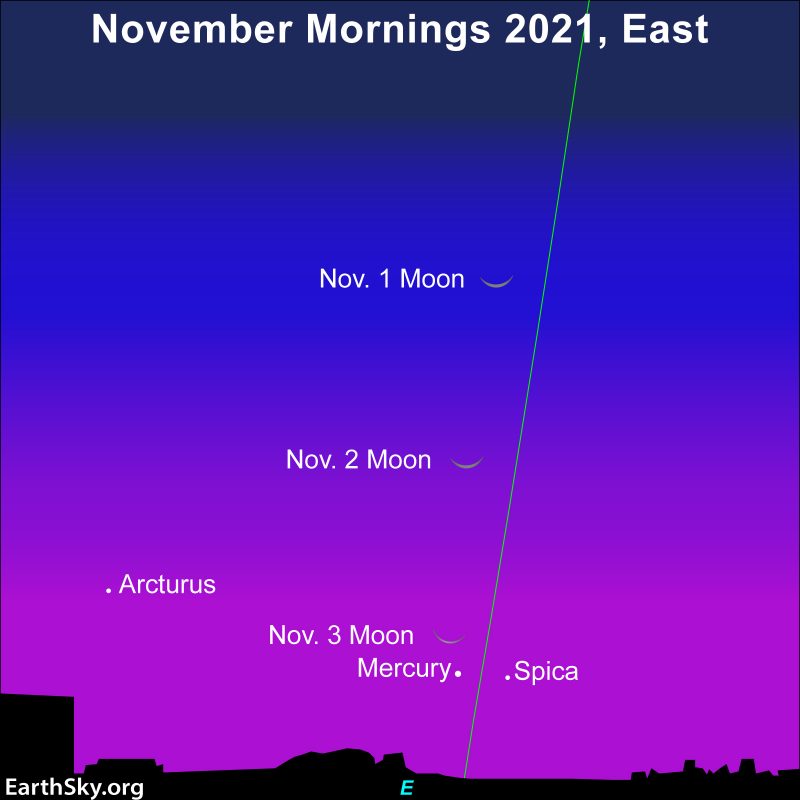
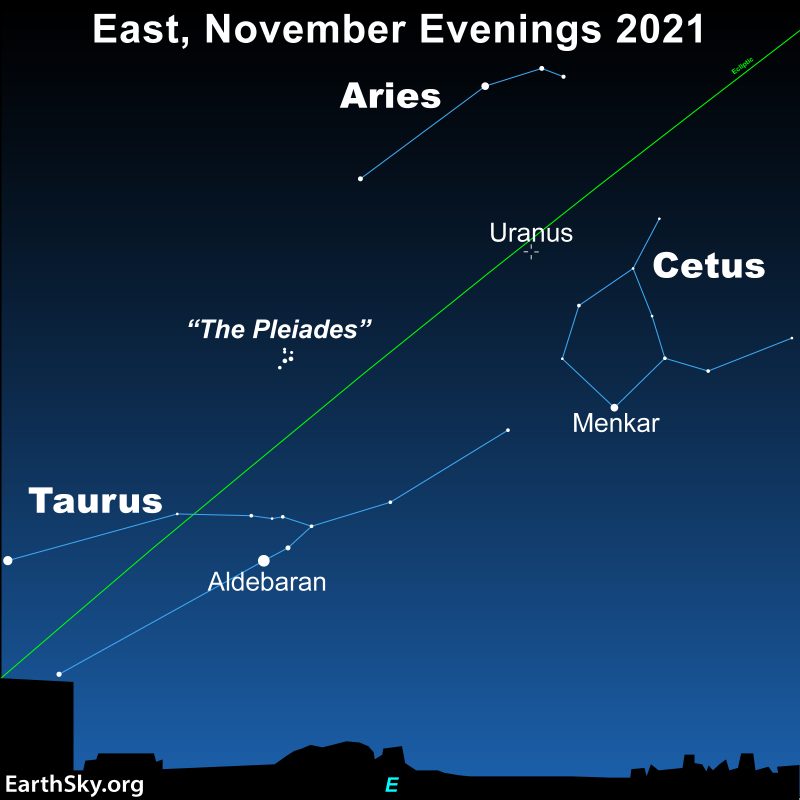
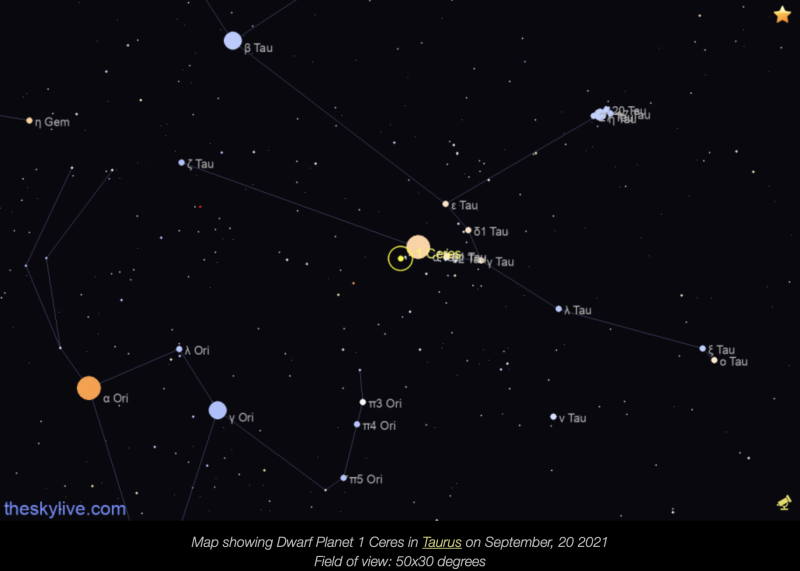
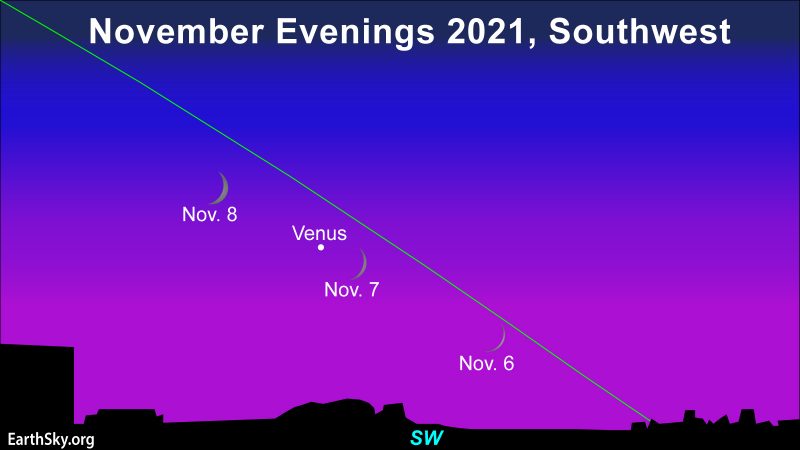
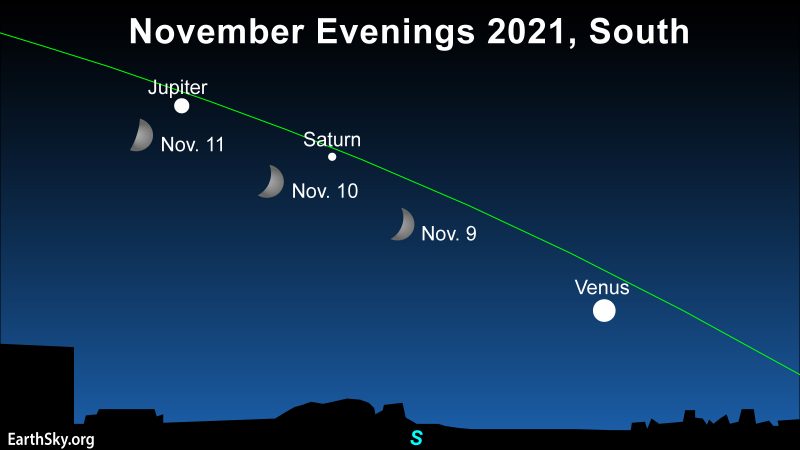
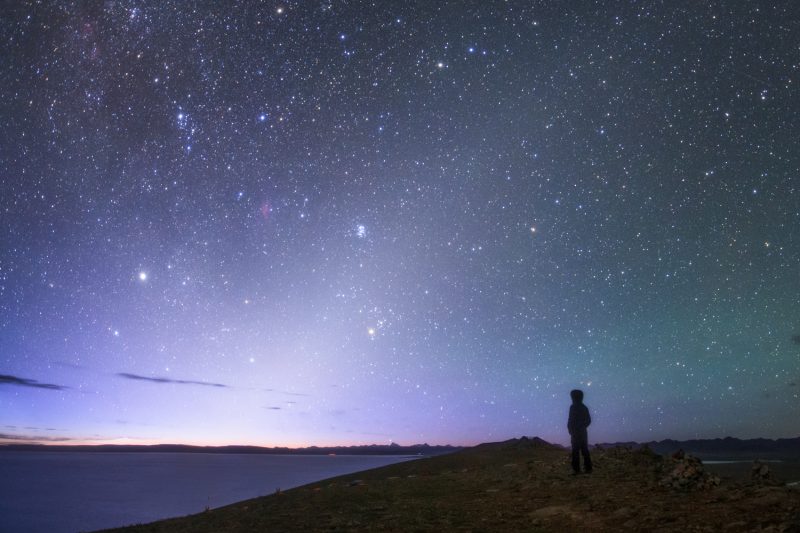
Planets in November 2021
Also see the indispensable Observer’s Handbook, from the Royal Astronomical Society of Canada
Venus is fresh from its October 29 greatest elongation (its greatest distance from the sun on our sky’s dome for this evening apparition) when November begins. The brightest planet is easily seen from across Earth throughout November, 2021.
For Southern Hemisphere skywatchers, this is an excellent to time to view Venus. Try the evening of November 6, when the moon will be a very slim crescent, just above the sunset point. By the evening of November 7, the moon will be a fatter crescent, setting longer after the sun, very near Venus. On the next evening, November 8, the star-forming nebula M8 might be in reach, with optical aid. It’ll be glowing subtlely just beyond the moon’s dark side. Binoculars will enhance the scene.
For Northern Hemisphere skywatchers, the planet will appear lower in the sky, more to one side (the left side) of the sunset. But Venus will still be a dazzling light in sunset direction throughout November, 2021. You’ll also see the moon slide past Venus on the evenings of November 7 and 8, 2021. Northern viewers might see the very thin waxing crescent moon on November 6 as well. For a special view, use binoculars to place the moon and Venus in the same field. You’ll also see earthshine, a mysterious glow on the moon’s night side.
For us on the northern half of Earth’s globe, the view of Venus will improve throughout November. That seems paradoxical since Venus has reached the end of its tether with respect to the sun; its distance from the sun is now decreasing. Yet the view improves because, as Earth moves around the sun, the evening angle of the ecliptic – or path of the sun, moon and planets in our sky – is shifting upward. The effect is to carry Venus higher in the west after sunset.
Jupiter is the 2nd-brightest starlike object in the November evening sky (only Venus appears as a brighter “star”). Jupiter is still near Saturn in the sky, nearly a year after their late 2020 great conjunction. Watch for Jupiter and Saturn near the moon on November 9, 10 and 11, 2021.
We call Jupiter the king of the planets, because it’s the largest planet in our solar system. It’s second only to Venus in brightness among the planets, and among the stars in the November sky. In November 2021, Jupiter is in front of the stars of eastern Capricornus. For people with very good eyesight and who are in a dark site away from city lights, look just below Jupiter for two dim stars, Deneb Algiedi (aka Delta Caprcorni) and Nashira (aka Gamma Capricorni). Binocular users will have no trouble seeing them. Throughout November, Jupiter moves eastward every night, leaving these two stars behind as December approaches.
Saturn is fainter than Jupiter, but brighter than most stars. It’s golden in color and shines with a steady light. Saturn can be overlooked. But it’s easy to identify. Simply fully extend your arm and make a fist. Place bright Jupiter on the left side, and Saturn will be the object on the right side.
As with Jupiter, Saturn can be seen in November 2021 moving in front of the background stars of Capricornus. Those people using only their eyes and who have very good eyesight, as well as binocular users, will see Saturn sliding below the dim star Upsilon Capricorni throughout November.
All month long, watch Venus, Saturn, and Jupiter. The two giant planets move towards brilliant Venus. By the end of November, Saturn will sit nearly midway between Jupiter and Venus, forming planetary bookends!
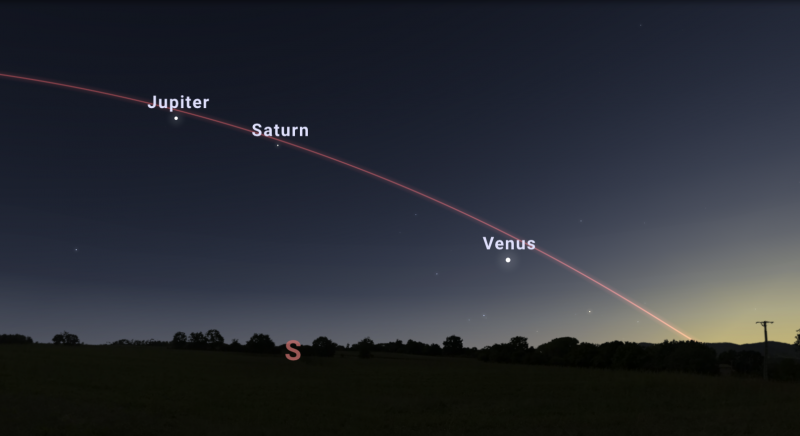
Mercury, the smallest planet and innermost to the sun, is now wrapping up a string of morning appearances which began in mid-October. Early risers can still spot it above the sunrise point during the first few days of November. At that point, it’ll be descending into the brightest twilight, towards the not-yet-risen sun. Mercury is sometimes difficult to identify. But, for Northern Hemisphere observers, the mornings of November 1, 2 and 3, 2021, provide a good opportunity for positively spotting the planet near the waning crescent moon, or “old” moon. The steep autumn angle of the ecliptic for us in this hemisphere will enhance the view. Look near the horizon for the thin crescent. Mercury will be the point of light just below it.
Here is a great way to start your day: Break out the binoculars to spot the little world and to examine the earthshine on the moon’s dark side.
Because of the tilt of the ecliptic, Southern Hemisphere viewers unfortunately won’t have a good view of Mercury or the moon on the November 3, or at any time during the October-November morning apparition of Mercury.
The moon will occult, or cover over Mercury, on November 3, 2021. The occultation will be visible from most of Canada and the northeastern United States. But it will be in daylight. This will be a challenging observation, and only veteran observers, with telescopes or other optical aid, will attempt it. A very clear sky will be essential!
Mars passed directly behind the sun on October 8, 2021. So it still appears too close to the sun to be seen. The Red Planet will return to the morning sky in late December to begin another long cycle of visibility. 2022 will be a pretty good year for Mars!
An almost-total eclipse of the moon November 18-19
An amazing partial lunar eclipse happens on the overnight of November 18. The moon enters the Earth’s umbral shadow at 2:19 a.m. EST on November 19. At 4:03 EST, it reaches mid-eclipse with 97% of the lunar disk being covered in the shadow. At some point after the moon begins to enter the shadow, the nearby and delicate Pleiades star cluster becomes visible. Before that point, it was lost in the bright moonlight. Near mid phase, the moon won’t appear black, but more of a dark red. The event ends at 5:47 EST before morning twilight takes hold.
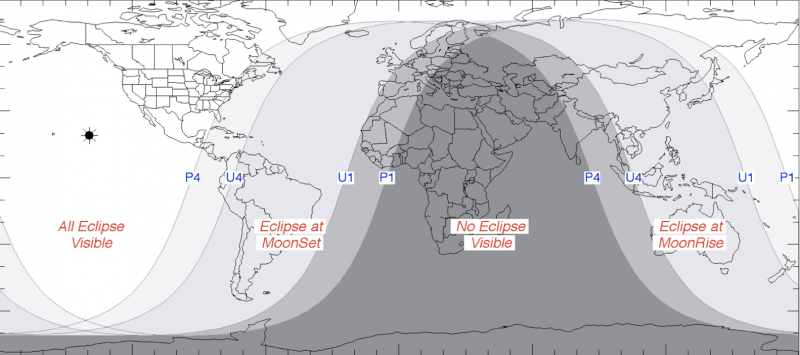
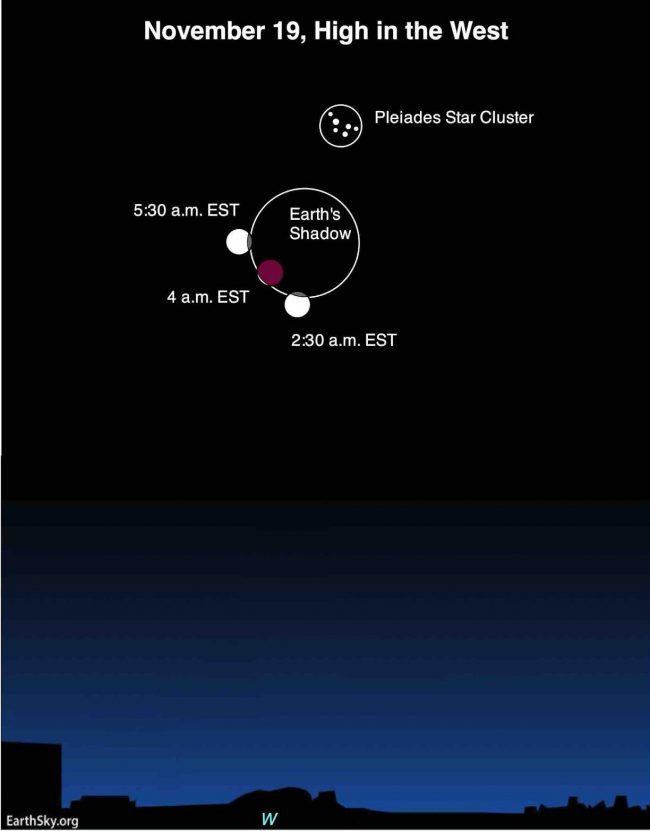
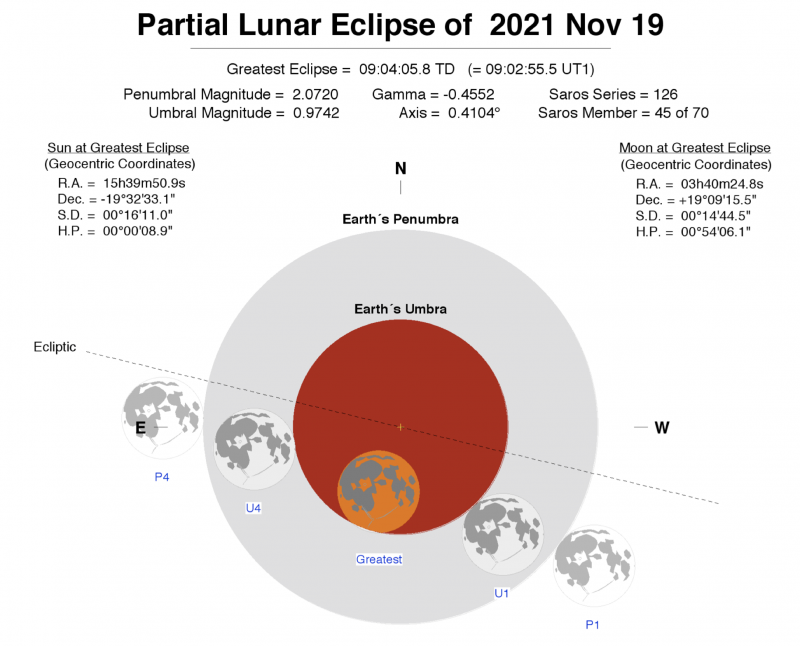
Meteor showers in November
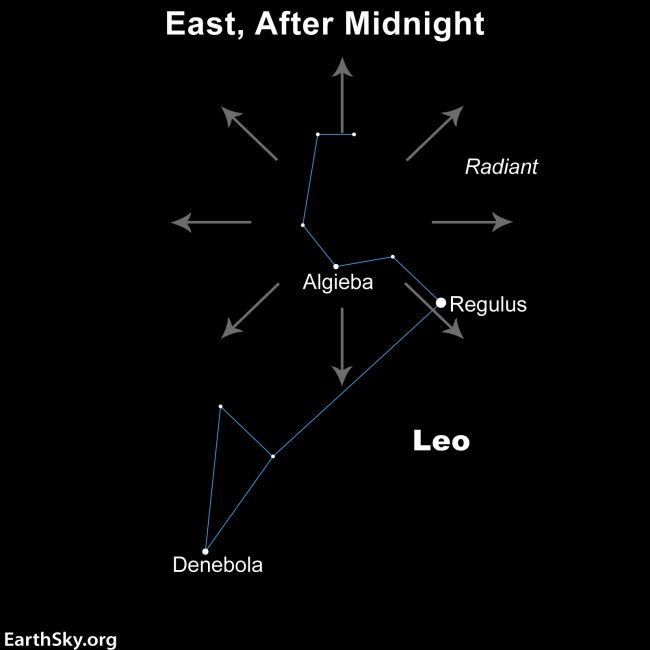
Some resources to enjoy
Try Try Stellarium or TheSkyLive for precise views from your location
Click here for recommended almanacs to find out precise rise and set times
Translate Universal Time (UTC) to your time
Read: Ecliptic is the sun’s path in our sky
Which ones are the visible planets?
In their outward order from the sun, the five bright planets are Mercury, Venus, Mars, Jupiter and Saturn. These are the planets easily visible without an optical aid. They’re the planets watched by our ancestors since time immemorial. These planets do appear bright in our sky. They are typically as bright as – or brighter than – the brightest stars. Plus, these relatively nearby worlds tend to shine with a steadier light than the distant, twinkling stars.
You can spot them, and come to know them as faithful friends, if you try.

Bottom line: All you need to know about how to find the bright planets of the solar system during the month of November 2021.
Don’t miss anything. Subscribe to EarthSky News by email
Visit EarthSky’s Best Places to Stargaze to find a dark-sky location near you.
Help EarthSky keep going! Donate now.
Post your planet photos at EarthSky Community Photos.
The post Visible planets – and more – in November 2021 first appeared on EarthSky.
0 Commentaires